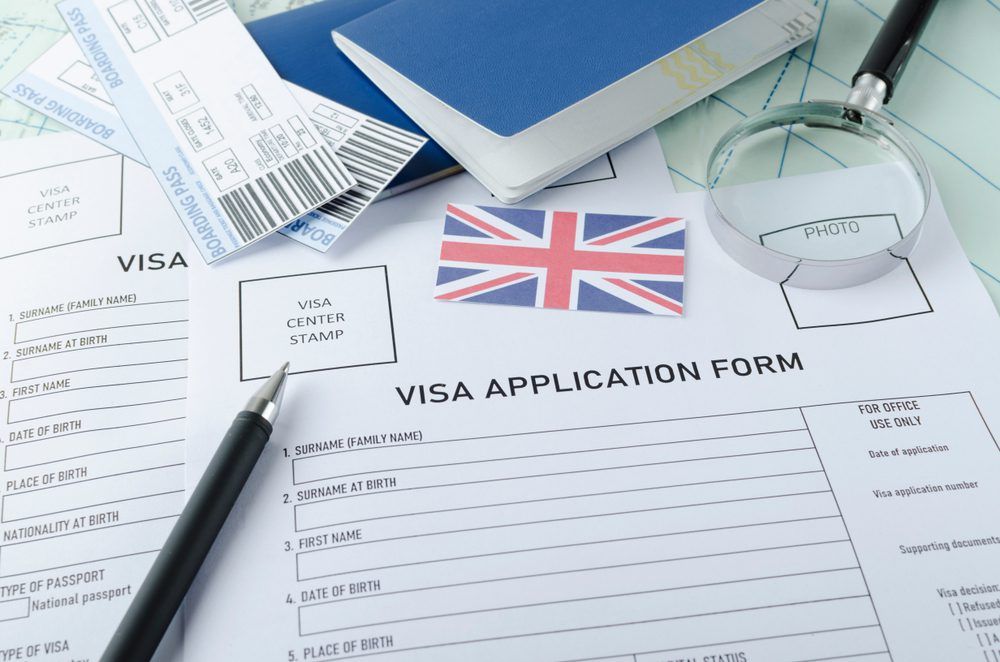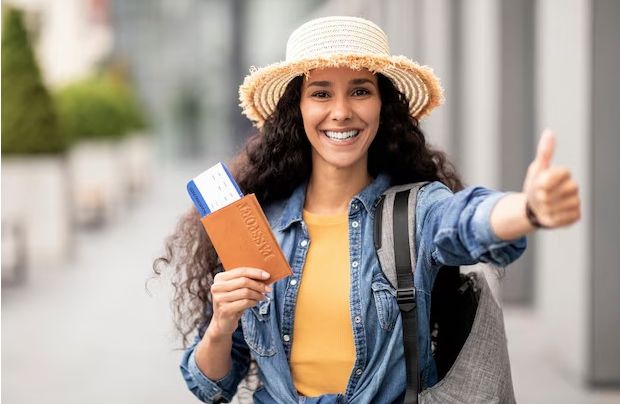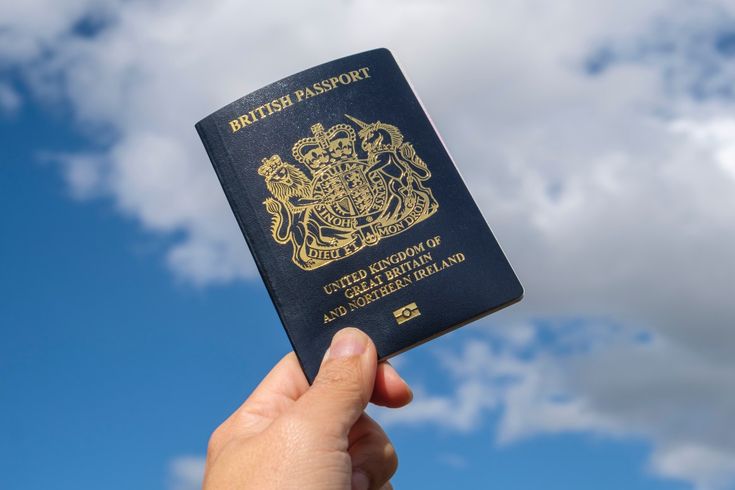For thousands of young people each year, a student visa represents more than just a permit to study—it’s the easiest way to start building a new life abroad. From world-class education to exciting career prospects, student visas provide opportunities that can transform your future. This guide breaks down how student visas work, what requirements you must meet, and why they are often considered the most accessible pathway to international migration.
1. What Is a Student Visa?
A student visa is a temporary residence permit that allows foreign nationals to live in a country for the purpose of studying at an approved educational institution. While its primary function is academic, many governments design student visa programs to also encourage future migration and skilled employment. This means that studying abroad is not only about earning a degree—it can also be the first step toward permanent residency.
2. Why Student Visas Are a Popular Pathway
Among the many visa options available, student visas stand out because they are:
- Accessible – Requirements are generally easier to meet compared to work or investment visas.
- Flexible – Many student visas allow part-time work while studying, helping cover expenses.
- Pathway to residency – Several countries let students transition into work visas or permanent residency after graduation.
- Culturally enriching – Students gain international exposure, language skills, and global networks.
For these reasons, studying abroad is often described as the “easiest entry door” into a new country.
3. Common Requirements for Student Visas
Although details vary by destination, most student visa applications require you to prove that you are a genuine student with the financial capacity to support yourself. Standard requirements include:
- Acceptance letter from a recognized school, college, or university
- Proof of funds to cover tuition, living expenses, and sometimes return travel
- Valid passport with sufficient remaining validity
- English language proficiency (e.g., IELTS or TOEFL) for English-speaking countries
- Health insurance covering the entire period of stay
- Medical and background checks to ensure you meet public safety standards
Meeting these requirements demonstrates that you are prepared for both academic and personal life abroad.
4. The Step-by-Step Application Process
Applying for a student visa typically involves the following stages:
- Choose a program and secure admission to an approved institution.
- Gather required documents such as transcripts, financial statements, and health certificates.
- Submit your visa application through the embassy, consulate, or online portal.
- Pay visa fees and book your biometrics or interview appointment if required.
- Receive a decision and, once approved, prepare for travel and enrollment.
Processing times vary widely, so it’s important to apply as early as possible to avoid delays.
5. Challenges Students Often Face
Despite being more accessible than many other visas, student visa applications still come with challenges:
- Financial evidence – Applicants sometimes underestimate the funds required to satisfy immigration officers.
- Incomplete applications – Missing documents or unclear details can cause long delays.
- Language barriers – Some students struggle to meet required language proficiency levels.
- Adjustment difficulties – Moving abroad for the first time can be overwhelming without proper preparation.
Awareness of these challenges can help applicants avoid mistakes and set realistic expectations.
6. Tips for a Successful Application
To maximize your chances of approval, consider the following strategies:
- Provide a clear and organized application with every required document.
- Ensure your financial evidence covers tuition, accommodation, and daily living costs.
- Practice your visa interview responses, especially about your study goals and career plans.
- Show strong ties to your home country, such as family connections or future career opportunities, if asked.
- Work with a trusted immigration adviser to avoid errors that could lead to refusals.
7. Beyond Studies: Turning a Student Visa into a New Life
One of the biggest advantages of student visas is that they can open doors to long-term opportunities. Many countries allow international students to:
- Apply for a post-study work visa after completing their degree
- Gain local work experience that can lead to employer sponsorship
- Use their studies as a stepping-stone toward permanent residency
For example, countries like Australia, Canada, and the UK actively encourage international graduates to stay and contribute to their economies. This makes a student visa not just about education but also about starting a long-term journey abroad.
Case Example: From Student to Permanent Resident
One of our clients enrolled in a two-year master’s program in Australia. During her studies, she worked part-time, gained valuable local experience, and later applied for a post-study work visa. With additional support from her employer and careful immigration planning, she transitioned to permanent residency within four years. Her story shows how a student visa can be the foundation for a brand-new life.
Why Work with Hawflein?
At Hawflein, we specialize in helping students and families navigate complex immigration systems. Our services include:
- Identifying the best study programs that align with your career goals
- Preparing strong visa applications with all required documents
- Advising on financial, health, and language requirements
- Supporting students in transitioning to work visas or permanent residency
Studying abroad is one of the most exciting decisions you can make. With the right support, it can also be the first step to creating a better life for yourself and your family.
If you’re ready to explore student visa options, contact Hawflein today for professional advice and personalized guidance.
Additional resources for accurate information:










